Coronavirus: Health care workers face stress that's 'in many ways equal' to combat
The coronavirus has had a devastating impact on people across the U.S., with over 600,000 confirmed cases and over 26,000 deaths.
And those who are treating COVID-19 patients are being affected as well — both physically and psychologically.
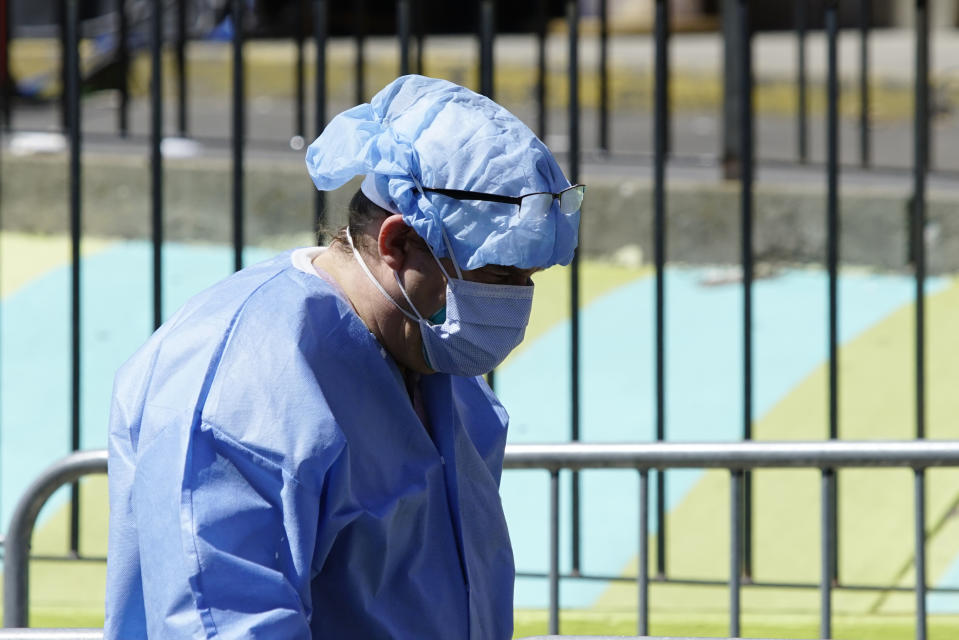
Dr. Michael Joyner, a professor of anesthesiology at the Mayo Clinic, described conditions at the Montefiore Medical Center in the Bronx, New York, where a colleague of his works.
“She certainly tells us some very interesting stories about a completely full hospital — ICUs really jumping up out of everywhere all over the hospitals, ventilated patients everywhere,” Joyner said recently on Yahoo Finance’s On the Move. “And the sorts of stress that group is under is really quite remarkable. Really, in many ways, equal to high-intensity combat.”
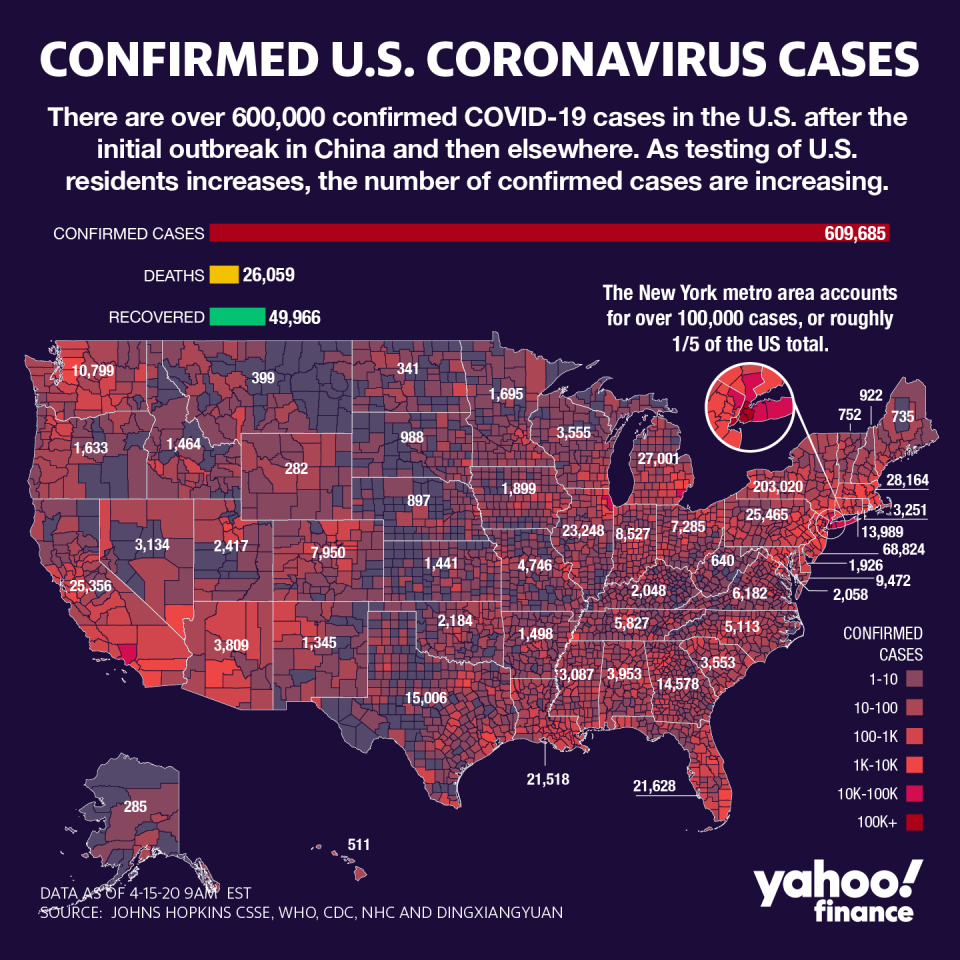
Facing a lack of PPE, heavy media coverage, no clear way of how to treat patients, and a heavy workload, these front line workers “are at risk of developing psychological distress and other mental health symptoms,” according to a recent study by JAMA.
The study found that these workers were more prone to developing depression, anxiety, insomnia, and other signs of distress.
According to a paper from moral injury experts Rita Brock and HC Palmer, fighting coronavirus is “strikingly similar” to medicine on the battlefield.
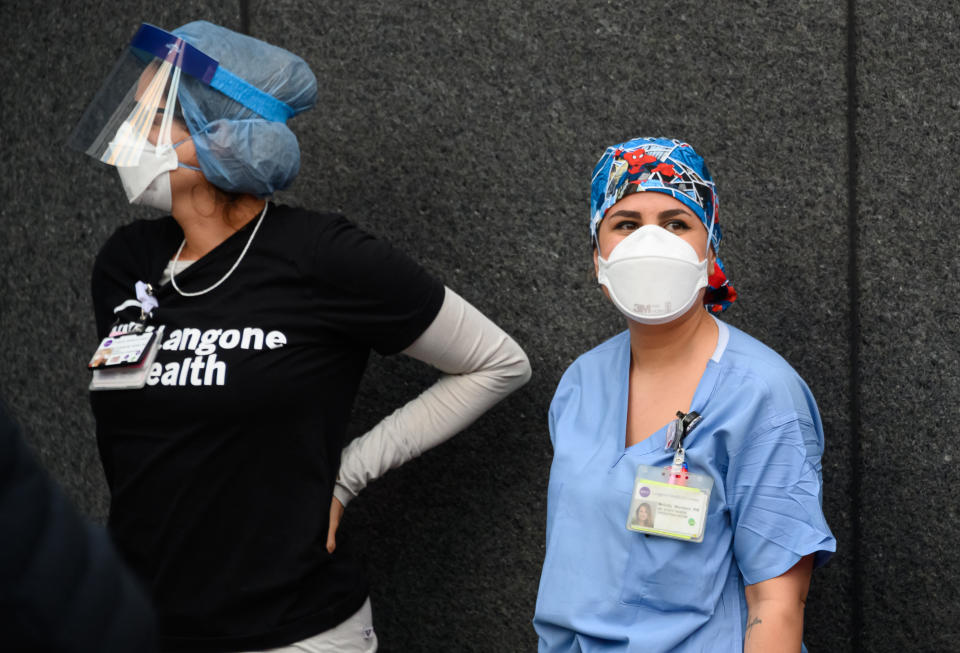
“Desperate and unrelenting encounters with patients, an environment of high personal risk, an unseen lethal enemy, extreme physical and mental fatigue, inadequate resources and unending accumulations of the dead."
"Seeing people die is not the issue,” one doctor told BBC. “We're trained to deal with death… The issue is giving up on people we wouldn't normally give up on."
‘I've never been so stressed as I am now’
The Bronx is among the hardest hit areas of New York City. A map released by the New York City Health Department showed at least 12 neighborhoods in that borough that have more than 306 cases.
Things are different where Joyner works in Minnesota, where there is “a lot of inherent social distancing.”
“People aren’t on the subway, and so forth, and live in mostly detached homes,” he said. “We don’t have a whole lot of concentrated poverty. And we have a lot of social cohesion here, and a lot of people who reflexively follow the rules.”
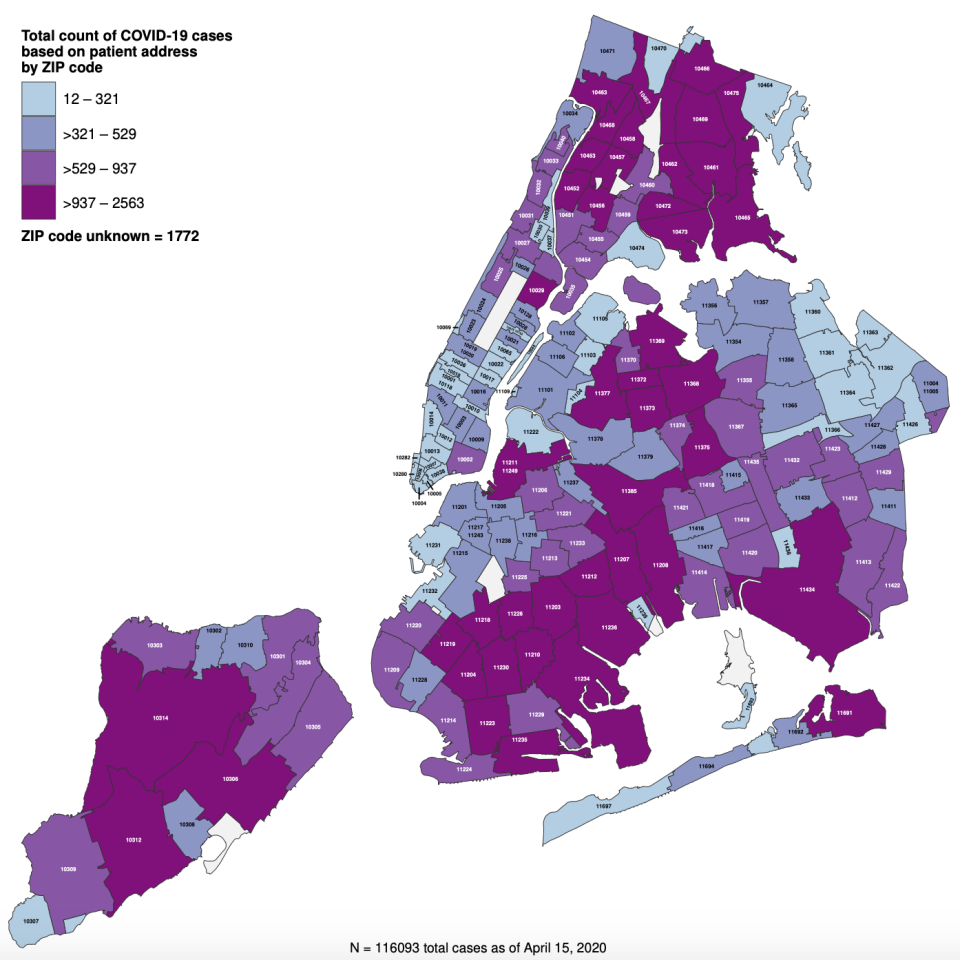
“While things have been shut down, which is causing concerns that we talked about earlier, the hospitals are not full,” Joyner added. “The ICUs are not full. And people are managing. So we’ve been very fortunate here, and it has not been a high stress situation.”
In other parts of the country — and even other parts of the world — that’s not the case.
At Elmhurst Hospital in Queens, New York, the hospital became so overrun by coronavirus patients that non-COVID patients were transferred to other locations. One doctor there described it as “apocalyptic.”
Meanwhile, in Italy, there have been 165,155 cases of coronavirus, as of April 15.
"I've never been so stressed as I am now," Dr. Andrea Alfonso, an anesthesiologist in Milan, Italy, told CBC.
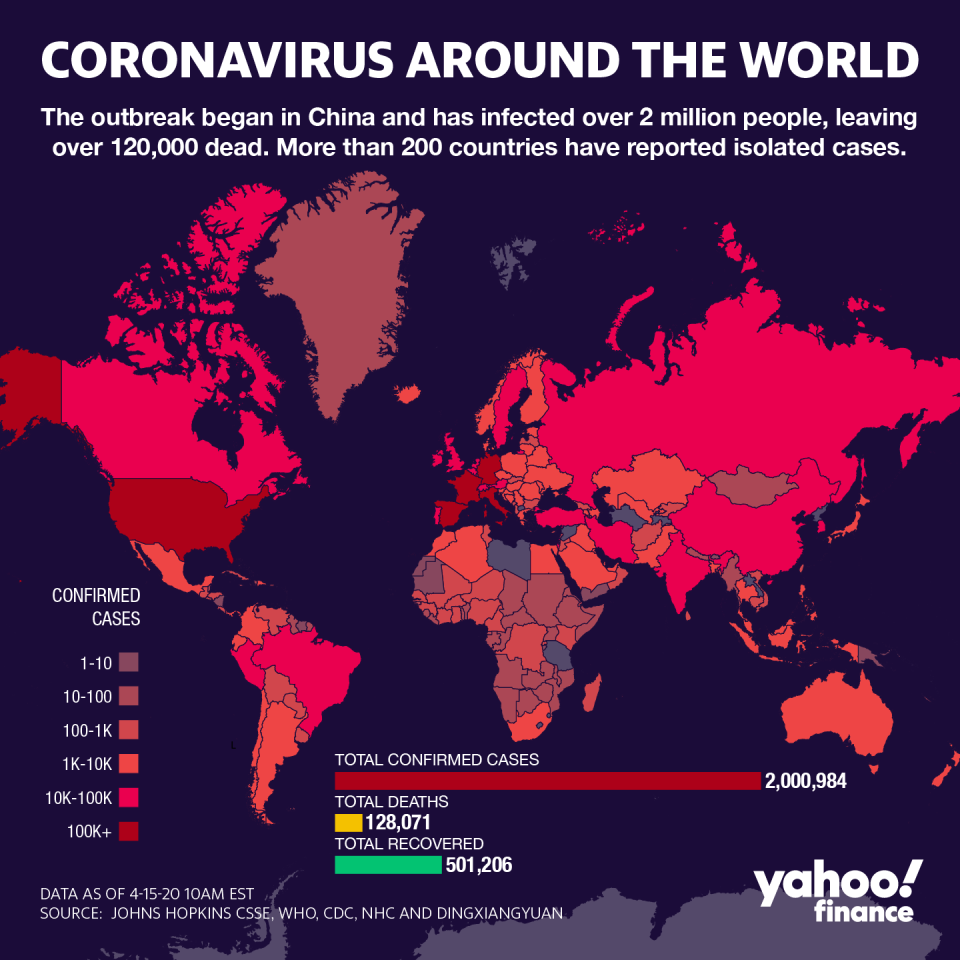
And those numbers are much higher in the United States, which has still yet to flatten the curve in some parts of the country.
As a result, many hospitals have reached capacity and are nearing running out of ventilators, face masks, and other personal protective equipment (PPE) needed for health care workers to properly treat their patients.
Adriana is a reporter and editor for Yahoo Finance. Follow her on Twitter @adrianambells.
READ MORE:
New saliva-based coronavirus test unveiled with 'simplified' process
'That’s all I see': ER doctor details 'surge' of coronavirus patients
Coronavirus and the U.S. health insurance system is 'a recipe for disaster'
Read the latest financial and business news from Yahoo Finance
Follow Yahoo Finance on Twitter, Facebook, Instagram, Flipboard, SmartNews, LinkedIn, YouTube, and reddit.
